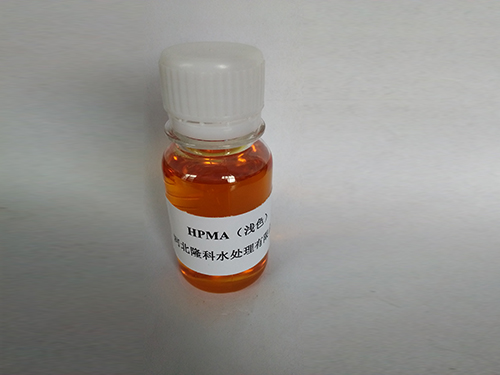polyacrylamide production
The Production of Polyacrylamide Processes, Applications, and Environmental Considerations
Polyacrylamide (PAM) is a synthetic polymer widely utilized in various industries due to its unique properties. It is primarily produced through the polymerization of acrylamide monomers, and its applications range from water treatment to soil conditioning and enhanced oil recovery. This article explores the production processes of polyacrylamide, its applications, and the environmental considerations associated with its use.
Production Process
The production of polyacrylamide involves two main steps the synthesis of acrylamide monomers and the polymerization process. Acrylamide is derived from acrylonitrile, which undergoes hydrolysis to form acrylamide, and subsequently, it is purified for polymerization. The polymerization can be accomplished using various methods, including solution polymerization, suspension polymerization, and emulsion polymerization.
In solution polymerization, acrylamide is dissolved in water, and a radical initiator is added to initiate the polymerization reaction. This method is commonly employed because it is straightforward and allows for better control of molecular weight and polymer structure. Suspension polymerization, on the other hand, involves dispersing the acrylamide in an aqueous medium with stabilizers, allowing for the formation of polymer beads or granules. Emulsion polymerization, which utilizes surfactants, results in a polymer latex that can be processed further into solid forms.
Regardless of the method chosen, careful control of reaction conditions such as temperature, pH, and concentration is crucial to obtain the desired properties of polyacrylamide, including molecular weight and charge density. The final product can be classified into various forms, spanning from anionic, cationic, to nonionic polyacrylamide, each serving specific industrial needs.
Applications of Polyacrylamide
The versatility of polyacrylamide finds numerous applications across several fields. One of its primary uses is in water treatment, where it acts as a flocculant to remove suspended particles from water. By promoting the aggregation of particles, PAM accelerates the settling process, thereby enhancing the efficiency of wastewater treatment facilities.
polyacrylamide production

In agriculture, polyacrylamide serves as a soil conditioner. Its ability to retain moisture helps improve water infiltration and reduce erosion, thereby enhancing soil structure and promoting plant growth. It is particularly valuable in arid regions where water conservation is critical.
Moreover, polyacrylamide plays a substantial role in the petroleum industry, especially in enhanced oil recovery (EOR) techniques. Its efficacy in increasing oil viscosity and reducing interfacial tension aids in improving the extraction of oil from reservoirs.
Environmental Considerations
Despite its usefulness, the production and application of polyacrylamide raise important environmental concerns. The monomer acrylamide is classified as a potential neurotoxin and carcinogen, necessitating strict handling guidelines during manufacturing and application to ensure worker safety and environmental protection.
Additionally, the biodegradability of polyacrylamide is subject to debate. While it can break down under certain environmental conditions, the rate of degradation can vary significantly based on the form and cross-linking of the polymer. Therefore, proper disposal and management practices must be implemented to mitigate potential environmental impacts.
Conclusion
Polyacrylamide plays a crucial role in various industries due to its multifunctional properties. Its production involves sophisticated chemical processes that require careful management to ensure quality and safety. As industries continue to seek sustainable and effective solutions, polyacrylamide will likely remain an integral component, provided that environmental considerations are adequately addressed. Continued research and development will be vital in optimizing its applications while minimizing any adverse effects on health and the environment.
-
The Power of Isothiazolinones in Modern ApplicationsNewsMay.08,2025
-
Flocculants in Water TreatmentNewsMay.08,2025
-
Flocculants and Chemical Solutions: What You Need to KnowNewsMay.08,2025
-
Flocculants and Chemical Solutions: A Growing IndustryNewsMay.08,2025
-
Essential Chemicals: Polymaleic Anhydride and MoreNewsMay.08,2025
-
Acrylic Polymers: Essential Solutions for IndustryNewsMay.08,2025





